The so-called electrostatic paint is used for uniform and permanent finishes in parts of industries of treatment, handling and use of metals and mdf, which avoids the creation of bubbles so common in the application of the traditional liquid painting system.
By Painting Zone
History indicates that the first equipment for applying electrostatic liquid paint was invented by William Ransburg in 1940. However, the alarm against solvent contamination of liquid coatings began to sound in Europe until the 1950s, when the German scientist Erwin Gemmer developed the idea of fluidized bed application of thermoplastic resins on metal.
This technique became an improvement on the practice of spraying powders with flame on metal surfaces to coat them. In 1955 he patented this new process, characterized by the adhesion to the metal surface from the charge with volts of electrostatic energy of the powder granules, which has stood out for its durability and attractiveness today.
Today, the term electrostatic coating tends to be confused with powder coating. To be more precise we must talk about powdered solid state coatings of electrostatic application. This is indicated by Fredy Peña, technical coordinator of the Industrial Processes Area of Pintuco.
In turn, the powder coating starts either from a thermoplastic or thermosetting polymer. The former can be melted and recast almost indefinitely; Due to its characteristics, the material can be reheated, reshaped and frozen continuously.

On the other hand, thermosets maintain a permanent shape after being molded at high temperatures. Although they cannot be remelted because they burn, their properties provide great durability, light weight and quality with fibers. According to Peña, this is the one with the greatest use by the industry; However, the form of application of both and the result is practically indistinguishable.
Methods of application
While electrostatic application has been the most common, there are other types when fluidizing in paint systems. One of them is fluidized bed immersion, in which substrates are heated prior to application to a temperature higher than the melting point of powder paint.
 "As the part is hot, when it makes contact with the coating it reacts; Then the film is forming, I withdraw it and that's it. In some cases it cures immediately with the temperature of the metal; in other cases I have to put it in the oven so that the polymer reaction is generated," explains Peña.
"As the part is hot, when it makes contact with the coating it reacts; Then the film is forming, I withdraw it and that's it. In some cases it cures immediately with the temperature of the metal; in other cases I have to put it in the oven so that the polymer reaction is generated," explains Peña.
Another method is spraying, in which the paint circulates from the box and through pipes to the paint gun. When the powder is fluidized, it can be transferred by dense stage pumps or Venturi. The concentration of the mixture of air and electrostatic paint can be adjusted to control the overall performance of the application.
There is also the tribostatic spraying method, which starts from the charge of dust particles by friction when passing through a Teflon tube. In the process, some electrons are lost and positively charged. The charged dust cloud generates an electromagnetic field and an attraction between the object and the painting.
Finally, the electrostatic spray method comprises a cascade to produce a high voltage that passes through an electrode in the gun type, which is called a crown.
"At the outlet of the nozzle there is an electrode where loads with voltages from zero to 100,000 volts are handled; there are equipment that give up to 110,000 volts, "says Peña when explaining that this level of voltage is required to be able to electrically charge the coating, since its nature is resistive.
"That's why we need high voltages, but we handle safe amperages; otherwise it would be a very risky process," says Peña. From those electric charges that generate such an electric field, the dust particles flow to the grounded part, where they adhere due to electrostatic attraction.
The technical coordinator of Pintuco highlights that metals are usually used for this process, because this is conductive and can generate this difference in charge that electromagnetic attraction, in addition to temperature issues.
"Powder coatings are thermosensitive, they need a minimum temperature to start that polymerization, and those minimum temperatures are usually between 360, 150 and 160 degrees. So not all substrates resist that temperature; Therefore, metal at the moment in principle is the substrate used for powder coatings," he says.
Environmental control conditions
One of the great advantages of powder coatings, and that has brought such good acceptance in the market, is that the powder that does not adhere to the piece can be collected from a recovery system. This requires a series of conditions of a controlled environment in the application process provided by the respective cabins.
According to Peña, powder coatings have an average utilization of 98%, which in some cases can reach 100%. "If you add to that that it is a 100% solid coating, that there is no evaporation, then the cost-benefit of using the powder requirements is very high compared to conventional liquid systems," he says.
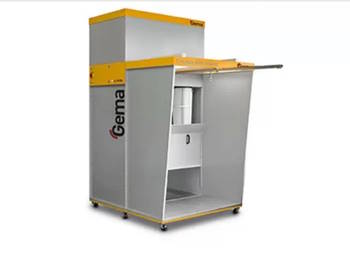 For this there are two types of system: recovery by filters or by cyclone. The first is hygroscopic, that is, they absorb moisture from the environment. In this case, the filters should be changed frequently to avoid any clogging; It all depends on the volume of use and the cleaning conditions. Also, since powder coatings are very sensitive to contamination, the set of filters must be replaced for each color and reference.
For this there are two types of system: recovery by filters or by cyclone. The first is hygroscopic, that is, they absorb moisture from the environment. In this case, the filters should be changed frequently to avoid any clogging; It all depends on the volume of use and the cleaning conditions. Also, since powder coatings are very sensitive to contamination, the set of filters must be replaced for each color and reference.
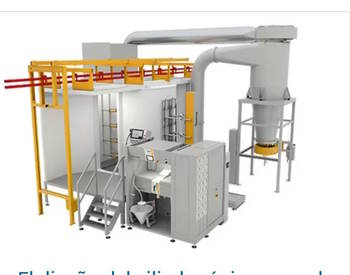 On the other hand, cyclone recovery cabins handle the same principle: a suction system with an air flow that enters the cabin to contain all the material inside it. However, in this case there is a conduit where a device arrives that is a cyclone. This generates a rotating vortex motion, and heavier particles fall by gravity into a container or are fed directly into automatic systems.
On the other hand, cyclone recovery cabins handle the same principle: a suction system with an air flow that enters the cabin to contain all the material inside it. However, in this case there is a conduit where a device arrives that is a cyclone. This generates a rotating vortex motion, and heavier particles fall by gravity into a container or are fed directly into automatic systems.
"Those heavier particles fall and recover, but here there is a loss inherent in the design of the process and that is that the very fine particles continue the process and reach final filters in which colors are mixed; I can't recover that material there, that's why this positive recovery system is less efficient," says Peña, pointing out that losses of 5% to 10% can occur in this system.
The residues resulting from the coating are sieved with automatic cleaning cartridges and mixed again with the renewed paint.
Application segments
Due to application conditions and curing, the white goods segment is one of the leaders in powder coatings in Latin America, more than liquid paint. Refrigerators, stoves, ovens or microwaves take advantage of the fact that powder paint can withstand a large number of temperature cycles without wearing out or depainting.
 This line is followed by that of metallic architecture: from aluminum extruders to metal facades, which have been imposed on construction systems, they use powder coatings. One of the reasons is the ease in the application process, as well as a much thicker layer thickness in relation to liquid coatings that protects the exposed elements from the wear and tear of the weather.
This line is followed by that of metallic architecture: from aluminum extruders to metal facades, which have been imposed on construction systems, they use powder coatings. One of the reasons is the ease in the application process, as well as a much thicker layer thickness in relation to liquid coatings that protects the exposed elements from the wear and tear of the weather.
Finally, the automotive industry; The electric drivetrain, parts such as chassis and trim, aluminum wheels and mechanical components are painted with powder coatings. For this auto parts sector, in countries like Colombia, there is a regulation that specifies this as the ideal coating.
According to Peña, Latin America already has the technology for powder coatings that cure at 130 degrees. "Let's say that the limits we had before the application from curing are opening up," he says, and points out that "we can even talk about painting plastic."
"It is already expected that the market will start adopting these new technologies, but let's say that the possibilities are very great," he concludes.


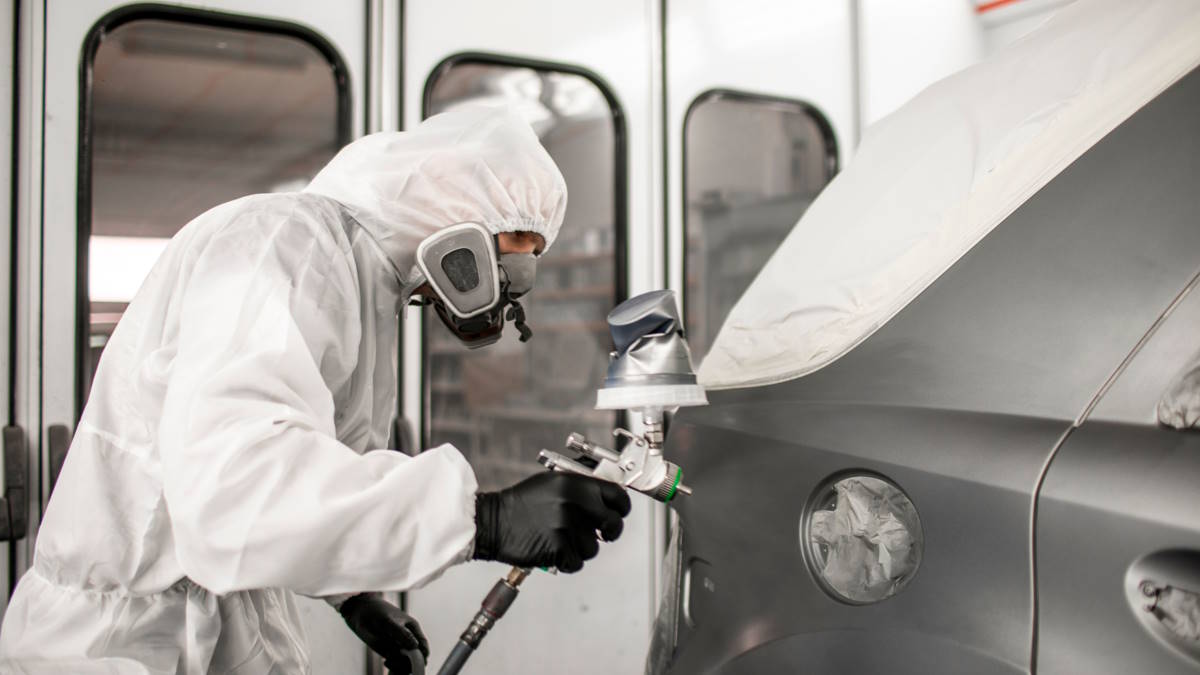

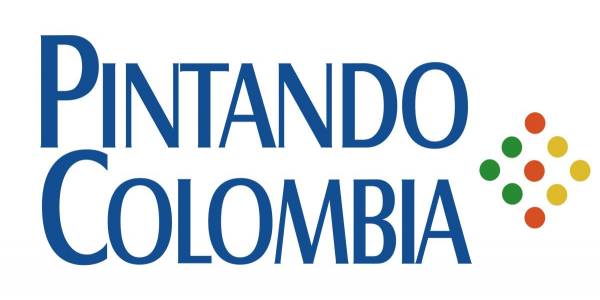

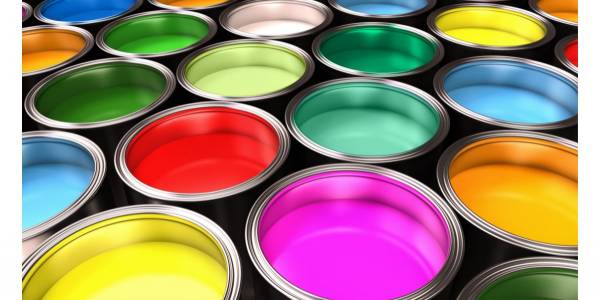
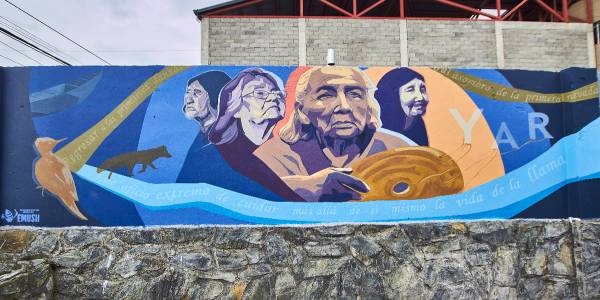
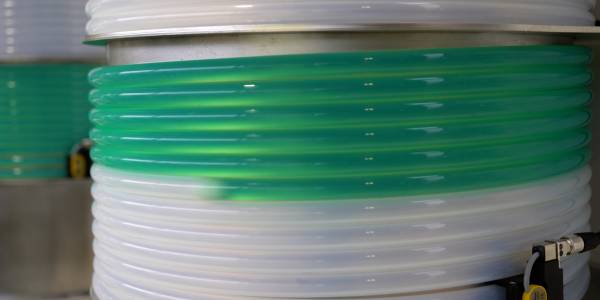
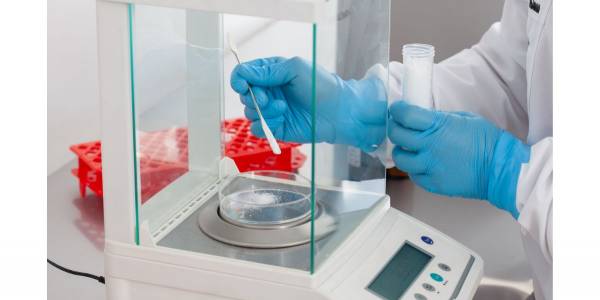

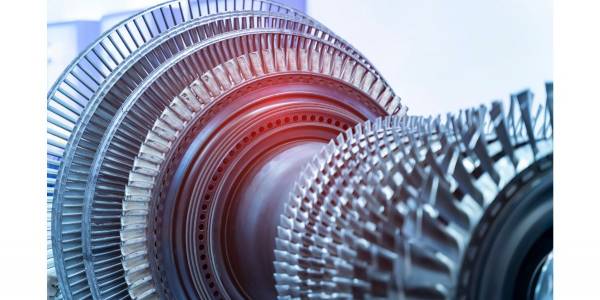
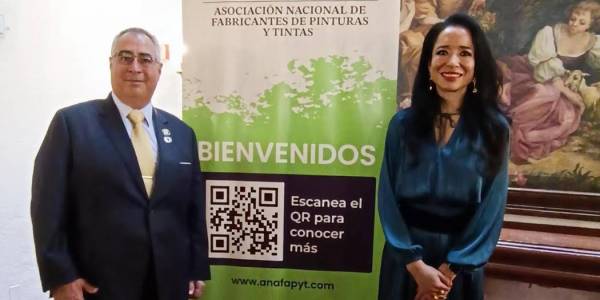

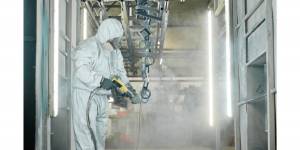
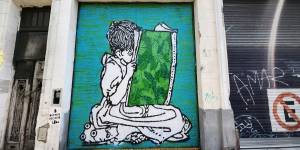









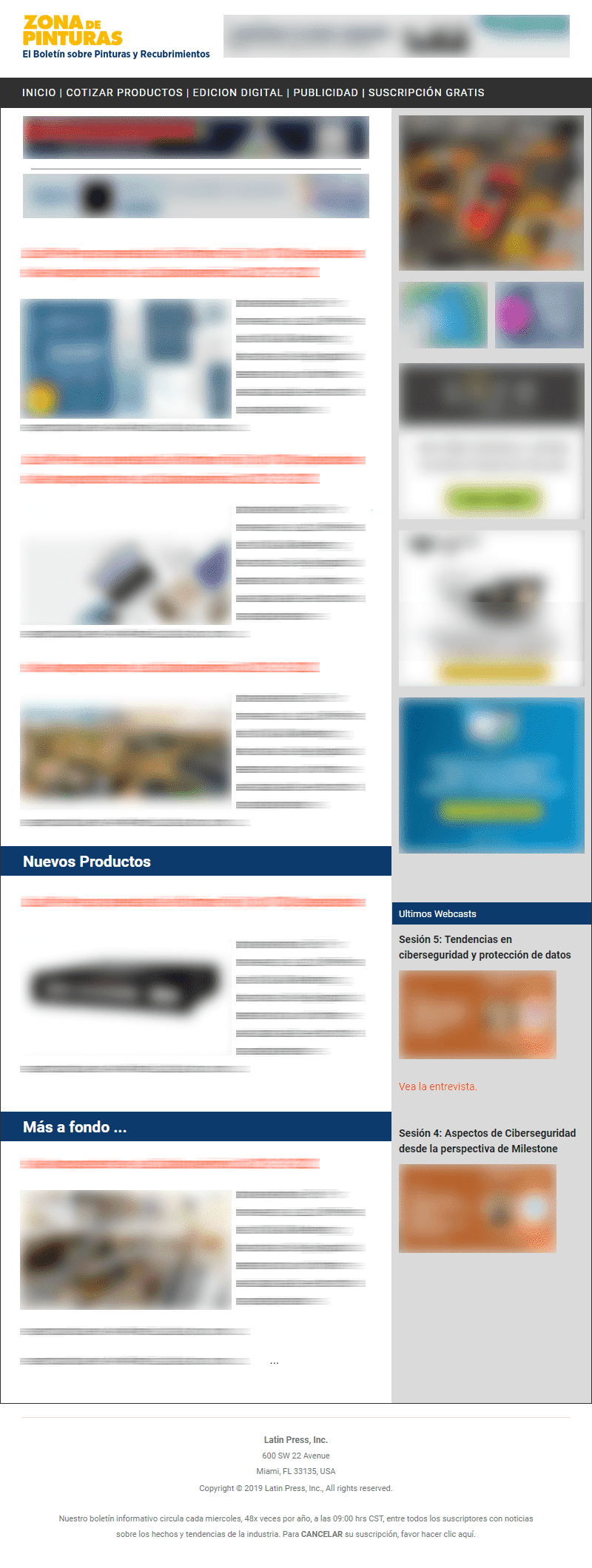
People with white/gray hair are often marginalized for social reasons.
Want to look much younger than you do now? Get rid of gray hair.
But not with hair dye, as dyed hair has no benefits, only negative aspects such as:
-- After just one week of dyeing, gray roots become visible.
-- Dye damages hair severely.
-- Dyed hair looks even worse than gray hair, especially in men.
-- Dyeing too often becomes too expensive at some point and damages hair and scalp.
-- Hair dyeing requires a lot of time, it's messy, and has an unpleasant smell...
--... and the negative aspects do not stop here.
WHAT CAN YOU DO to get rid of gray hair naturally without hair dye?
Use Sereni Capelli products from the official website https://serenicapelli.com
These products bring gray/white hair back to its natural color in a natural way.
The magical composition of these products nourishes the scalp and hair, stimulating the body to produce hair color again.
Exactly! These products do not contain dyes or pigments, but help the body produce hair color again.
YOU DON'T HAVE TO BELIEVE ME!
IF YOU ARE NOT SATISFIED WITH THE RESULTS OF THESE PRODUCTS IN 15 DAYS, YOU WILL GET YOUR MONEY BACK.
It is the brand's global policy.
Anyone, from anywhere in the world, can get their money back if they are not satisfied.
THESE PRODUCTS COME IN A PACKAGE WITH OTHER BENEFITS.
The same products you use to get rid of gray hair also bring you the following benefits:
-- Treats and prevents dandruff.
-- Treats and prevents alopecia.
-- Stops hair loss permanently.
-- Helps hair grow up to 4 times faster.
-- Helps hair that has fallen out and where bald spots have formed to grow again, as long as the root still exists under the skin.
-- Hydrates hair and restores its shine.
In short, these products are an elixir of youth for your hair and scalp.
It's worth a try. You have nothing to lose. If you're not satisfied, you'll get your money back right away.
Millions of people are now living a better life. Don't you deserve it?